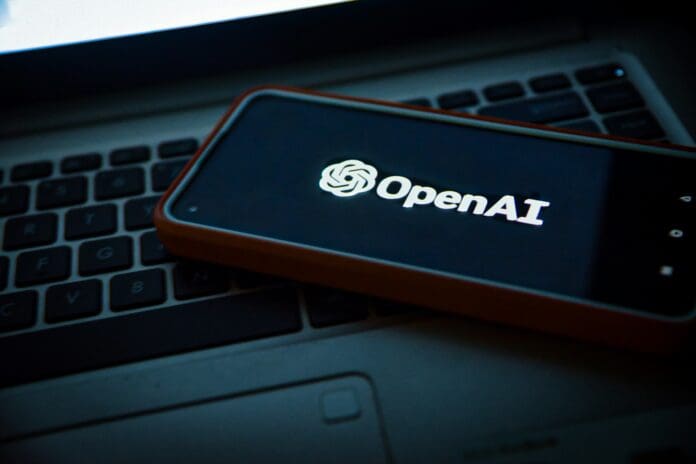This post is also available in:
 עברית (Hebrew)
עברית (Hebrew)
OpenAI’s latest upgrade to ChatGPT introduces a major shift in how AI can interact with digital environments. A new “agent mode,” now available to Pro, Plus, and Team users, enables the system to not just respond to prompts, but to actively carry out multi-step tasks—from navigating websites to generating deliverables like presentations or spreadsheets.
The upgraded capabilities allow the model to handle workflows that previously required extensive human input. Instead of asking users for each step, the agent can independently browse the web, filter information, interact with APIs, and perform light software operations—functioning much like a digital assistant embedded into the user’s daily processes.
Key to this development is the integration of ChatGPT’s earlier browsing and analysis tools into a single loop. The model can now seamlessly switch between reading a webpage, downloading data, processing it through code, and returning a usable output. Context is retained throughout, and users can interrupt or redirect the workflow mid-task without restarting from scratch.
It can also connect with services like Gmail or GitHub through user-approved authentication steps, enabling interaction with private content while maintaining security boundaries.
Given the expanded access and capabilities, OpenAI has implemented a set of safety protocols. Sensitive actions—such as sending emails or making purchases—require explicit user confirmation. More critical tasks, including financial transactions, are blocked entirely. The system is also trained to resist prompt injection attacks that could alter its behavior via hidden commands embedded in websites.
OpenAI emphasizes that no session data is stored and that the model doesn’t retain information like passwords. Connector access can be toggled off by the user at any time.
Although still in early deployment, with some features in beta, this release moves ChatGPT beyond conversation and into hands-on automation, positioning it as a tool for executing practical digital tasks with minimal supervision.


























